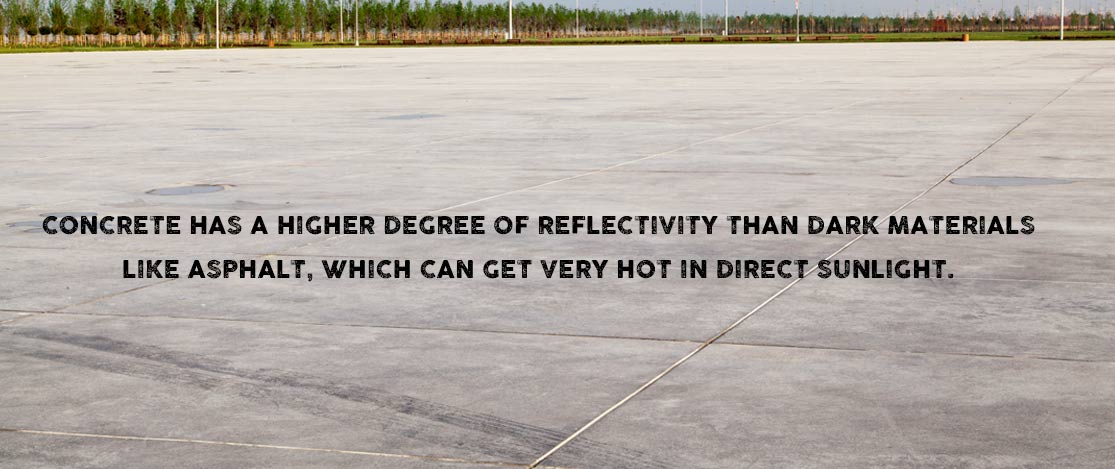Concrete is an eco-friendly building material at every stage of its use – from raw materials to eventual demolition of old structures. It’s a sound choice for all kinds of commercial and residential construction. Concrete is a sustainable building resource for many reasons.
Efficient Resources
Limestone is one of the primary ingredients in cement, and also the most common minerals. Other components include slag cement, silica fume and fly ash. These are all byproducts of industries such as steel mills and power plants.
Durable
Concrete does not burn, rust or rot. Concrete construction outlasts wood or steel by many years and so reduces the need for replacement materials. Concrete also offers more strength in building. It does not warp or bend under severe weather conditions and natural disasters.
Thermal Properties
Concrete is more energy efficient. It has a natural characteristic called thermal mass, which means it has the ability to absorb and retain heat. This helps to lower power bills through more efficient and often smaller HVAC (heating, ventilation and air conditioning) systems. Concrete that is insulated is more efficient at climate control than traditional walls of wooden 2x4s and rolled insulation.
Reflection
Concrete has a higher degree of reflectivity than dark materials like asphalt, which can get very hot in direct sunlight. Lighter-colored concrete reflects more ultraviolent rays so that surfaces and interiors stay cooler in summer. This creates safer and more efficient homes and businesses using a variety of concrete products.

Retain Storm Water
Paved surfaces are typically waterproof and block the earth’s absorption of rain water. Runoff from driveways, streets and parking lots can cause flooding, erosion and the spread of disease and pollution. A special material known as pervious concrete forms a system of tiny internal spaces that allow water to filter through. When used in place of asphalt, it can allow drainage of built-up water and reduce flooding. It can also be installed to support piping to further reduce waste water.
Minimum Waste
With careful calculations, cement contractors can produce just the right amount required in each product to minimize wasted material. Concrete structures or pavement that gets removed can be crushed and mixed into aggregate for pavements or backfill to save on new materials.
Environment
Concrete is an eco-friendly building material due to the fact that recycling helps to reduce the production and buildup of greenhouse gases in the atmosphere. These gases are leading to global warming, and every construction method that limits carbon dioxide emissions helps to reduce the negative effects on plant and animal life.
New construction projects are a fact of life, and more property owners are relying on concrete as a sustainable, eco-friendly building material. Concrete provides a solution we can rely on for the foreseeable future. To understand what can be accomplished with the right concrete equipment, contact Del Zotto to discover the wide range of options in concrete construction.

